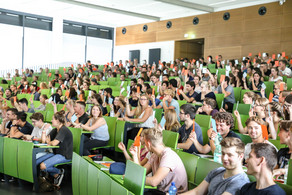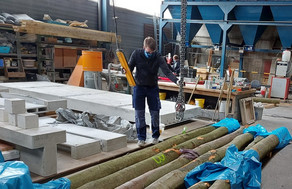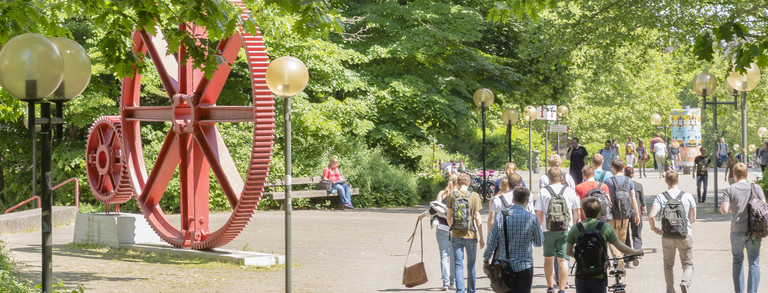Nonlinear Structural Analysis
Topic
Structural systems in civil engineering are composed of different structural elements with straight axis (bar, beam) or plane surface (disk, plate, folded structure) as well as with curved axis (arch) or curved surfaces (shell). The simplified view of linear modeling, as taught in the undergraduate course, is not sufficient to capture the complex structural behavior in many cases.
The lecture Nonlinear Structural Mechanics deals with the mechanisms of plastic load-bearing behavior in beam structures. From this, the yield joint theory is derived, e.g. in steel or reinforced concrete structures. This includes the prediction of the ultimate load as well as the downstream effects such as permanent deformation and residual stress. The modeling of yield joints in structural analysis programs also allows the calculation of the ultimate load according to theory II. Order. In the course of this, the problem of stability failure in structural engineering is discussed in more detail.
Course contents
- Flow zone in the beam
- Plastic section reserve, interaction of internal forces
- Yield hinge theory
- System reserve
- Stepwise determination of ultimate load
- Invariance of the ultimate load
- Ultimate load sets
- Unloading, residual stresses
- Modeling of FG in structural analysis programs
Accompanying material
Lecture notes will be made available in the Moodle workroom BMSD-NLSM.
Degree course
The course is intended for 3rd semester students of the master program Bauingenieurwesen (Civil Engineering).
Examination matters:
WPF-Katalog Master Bauingenieurwesen, <4 09 21> (Nichtlineare Strukturmechanik)





